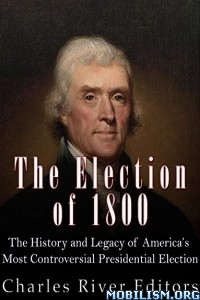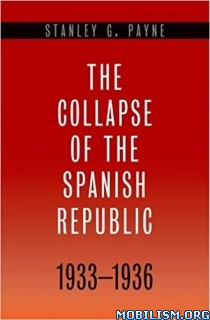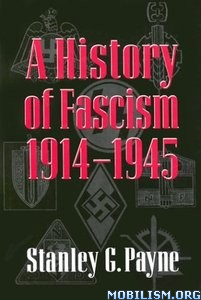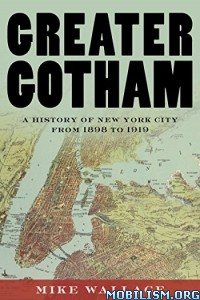The Election of 1800: The History and Legacy of America’s Most Controversial Presidential Election by Charles River Editors
Requirements: .ePUB Reader | 911 kb
Overview: The voters must have been happy after the election was over. For months, they had endured vicious attacks made by members of two warring parties against each other as time and time again issues were ignored in favor of personal attacks. One party was seen as caring more about the interests of the wealthy and supporting bankers and businesses. The other party was supposed to favor the working man, the farmer and small businessman trying to eke out a living. The first party was said to be in the back pocket of America’s most recent enemy, while the other party was much to devoted to the nation’s first, even though many of its policies had changed since their first alliances ended.
Then there were the candidates. One was the incumbent, a staid fellow of middle class origins who was known to ruthlessly weed out his enemies. Another candidate had no Federal experience and very little political experience at the state level. Having been born into a wealthy, politically active family, he vocally supported a strong military and insisted that American must stand strong against anyone who rattle a saber in her direction. The third candidate was popular and good looking, with extensive political experience at the state and federal level. Highly intelligent and well-educated, he was rumored to have loose morals and at least two mistresses. The final candidate was a hot head, known to shoot off his mouth at the least provocation. So wild were some of his ideas that even some of the members of his own party shunned him.
Genre: Non Fiction History

Though people characterize politics as nasty today, this election took place more than 200 years ago during a time when America was supposedly a kinder and more gracious place. While that may be true of the common people, and even of some politicians, it was certainly never true of this group. Indeed, while George Washington is still remembered for his almost apolitical approach to governing the nation, the men who succeeded him, some of them his friends, were anything but apolitical. John Adams had been his Vice-President and succeeded him in office, but he was sensitive to every slight and difficult to get along with. Charles Pinckney had fought nobly under Washington’s command during the Revolutionary War, but that did not mean that he would hesitate in spreading vicious rumors about another candidate, Thomas Jefferson, who hailed from Washington’s home state and shared his love of farming. Finally, Aaron Burr would become so upset about the outcome of the election that he would eventually kill Washington’s strong political ally, Alexander Hamilton, in a duel over slights he felt had been dealt him.
As the Constitution prescribed, the election was determined in the House of Representatives when a mix-up led to Jefferson and Burr receiving the same number of electoral votes. This proved problematic as well. The Federalists controlled the House that decided who would be President. With Jefferson as their arch-nemesis, they were hardly happy to support him, and many initially voted for Burr. The first 35 ballots were always a tie between Burr and Jefferson. Not until mid-February of 1801, when Alexander Hamilton, another of Jefferson’s nemeses, came out to endorse the Vice President, did Jefferson come out ahead. Hamilton’s disdain for Burr was so strong that he virtually handed the presidency to Jefferson, who had been his ideological opponent for the better part of a decade. Hamilton’s decision created personal animus between Hamilton and Burr that stewed for years and famously culminated with the duel that ended Hamilton’s life in 1804.
The Election of 1800: The History and Legacy of America’s Most Controversial Presidential Election chronicles one of the most bitter contests in American history.
Download Instructions:
http://suprafiles.org/m3p3mhidivoz
Mirror:
http://hulkload.com/ydouyejm86qj





